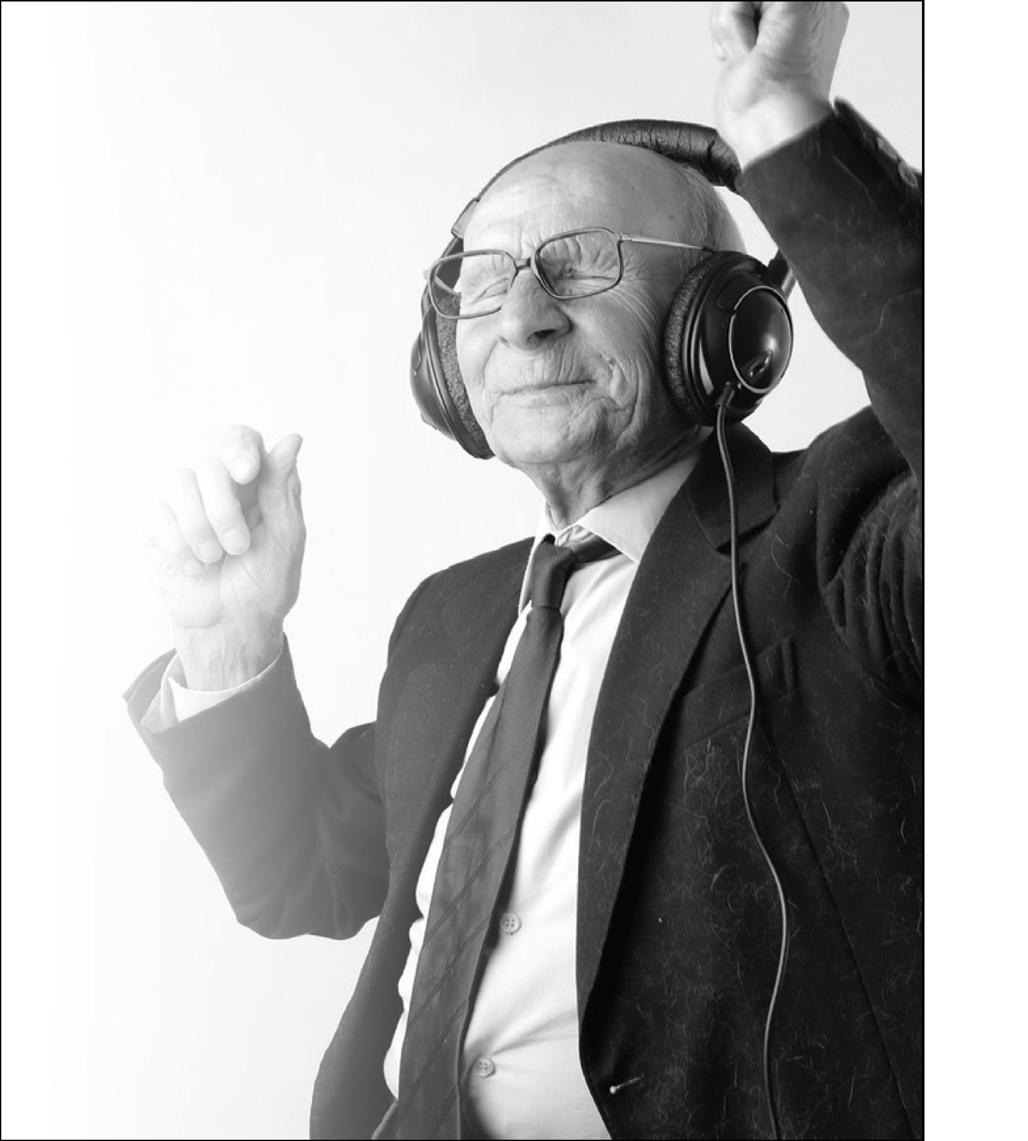
3 minute read
Honouring Vimy In Vermilion
from 980
Battle of Vimy Ridge arrived and were led to their seats at the front as the pipes were played by Neil McLean.
This was one of just three events held to honour Vimy veterans in the community. A week earlier, a smoker was held and all veterans were invited. Then, the annual Vimy ball was held at the new armory in the community.
Advertisement
At this Vimy event, Victor Tillett, president of Post 11 gave a speech, while Robert Allan gave a toast to the Queen.
Vimy veteran Clarence Nels then acknowledged the toast and stated that the anniversary of the battle recalled to his mind many vivid memories and that the men of Vimy appreciated the honour being paid to them by their comrades.
A toast was then given to the Legion by president Tillett, with what was called a stirring reply from George Martin. Then Lawrence Webb, vicepresident of Pot No. 11 gave a tribute to the work of the ladies of the auxiliary, which was replied to by Mrs. T. Thompson.
The guest speaker for the event was M. Matheson, the district administrator for the department of veterans affairs.
Mayor Melvin Hill also congratulated the Legion on its welfare work.
Lastly, vocal numbers were performed by John Webb with Mrs. B. Rogan on the piano. A duet by Mr. and
Mrs. Wes Funnell was also performed. All in all, it was a fun night for everyone, as they remembered those who fought, those came back and those who did not, at Vimy Ridge.
Sharing Canadian history through social media, history columns and on my podcast is what I do for a living. Please consider supporting that by donating at www.canadaehx.com (click Donate).
Contact Craig at craig@canadaehx. com

Listen to his podcasts Canadian History Ehx, Canada’s Great War, From John to Justin, Pucks and Cups and Canada: A Yearly Journey on all podcast platforms.
Apple’s Vision Pro Headset: The Future
Braxton Hoare Columnist
Virtual reality (VR) and augmented reality (AR) headsets have been around for almost a decade, yet they have strug - gled to reach mainstream adoption like smartphones. Current headsets are often big, heavy, and require dedicated controllers, limiting user interaction with the real world. However, Apple’s latest innovation, the Vision Pro headset, aims to change this narrative and revolutionize the AR and VR industry.
Existing headsets suffer from issues such as bulkiness, causing discomfort and strain after prolonged usage. Additionally, VR headsets require a designated playspace setup, making it difficult to seamlessly transition between virtual and real-world interactions. The reliance on handheld controllers further hinders users from engaging with their surroundings while using the headsets.
Enter Apple’s Vision Pro headset, a game-changer in the AR and VR space. Apple’s reputation for refining existing markets and setting new standards for user experience is evident in this device. The Vision Pro headset combines AR and VR capabilities, allowing users to overlay virtual content onto the real world. Whether it’s viewing simulated flatscreens or exploring 3D photos, the headset ensures a heightened sense of immersion. Apple has also addressed the issue of isolation by incorporating the ability to see and interact with people around the user. Moreover, the headset includes a feature that displays the user’s eyes on the headset, creating an uncanny yet intriguing sense of presence for those outside the headset. This feature also works to show those outside how immersed the user is by fogging out the eyes when the headset user dials in a more virtual world: fading out reality.
The one standout feature of the Vision Pro headset is its eye tracking technology, which has left early testers in awe. Users can effortlessly select apps, links, or search bars by simply looking at them and performing elegant gestures with their hands. This intuitive interface allows for seamless interaction with the entire operating system with small gestures to scroll through any page that is being looked at and the simplicity of looking at a search bar and verbalizing what you want to search. The precision and robustness of the eye tracking feature has left reviewers describing their experiences as magical.
Despite its groundbreaking features, the Vision Pro headset is not without its drawbacks. It remains relatively large and heavy, although smaller than most current headsets. The limited battery life of just two hours, coupled with the necessity of an external battery connected by wire, poses challenges for extended usage. However, the most significant obstacle to widespread adoption is the steep price tag of $5,000 Canadian dollars, making it inaccessible for most consumers. These issues suggest that while the Vision Pro headset showcases promising advancements, it may not be the immediate future of computing. Nonetheless, Apple’s commitment to innovation raises anticipation for future iterations that address these concerns and pave the way for wider adoption.
Apple’s Vision Pro headset holds immense potential to revolutionize the AR and VR industry. By prioritizing user experience and seamlessly blending the virtual and real worlds, Apple has set a new standard for immersive technology. While the headset still faces challenges in terms of size, battery life, and affordability, its remarkable eye tracking capabilities demonstrate the potential for a truly intuitive and mind-bending user experience. As Apple continues to refine and improve their headset offerings, the future of AR and VR appears brighter than ever.









